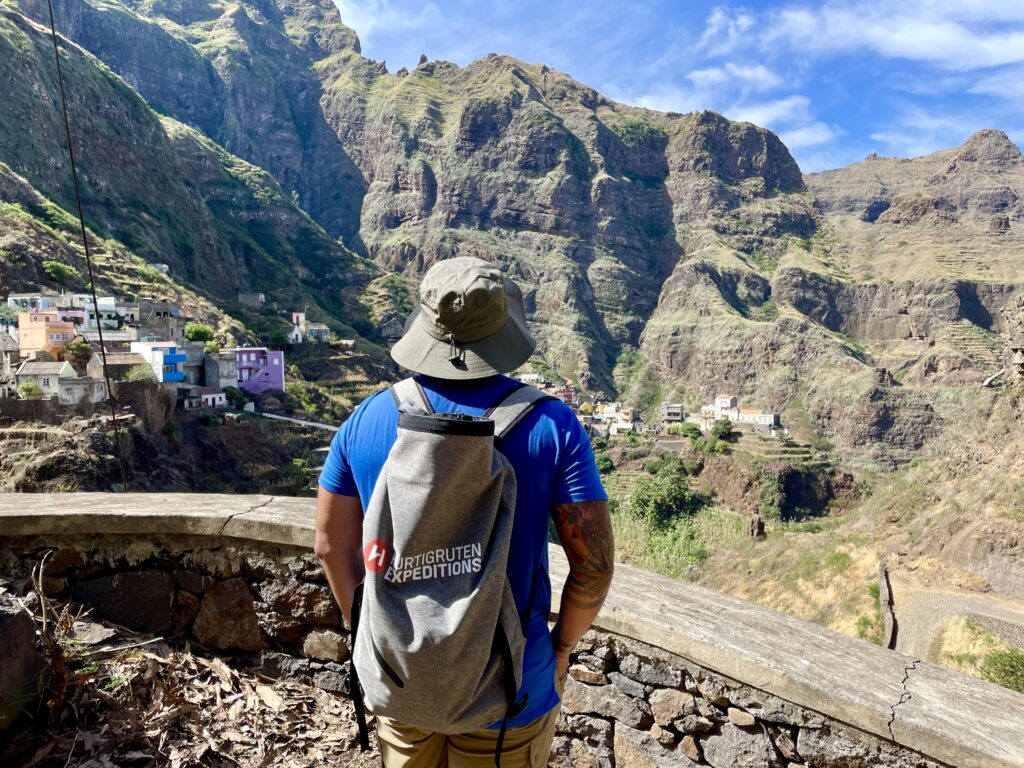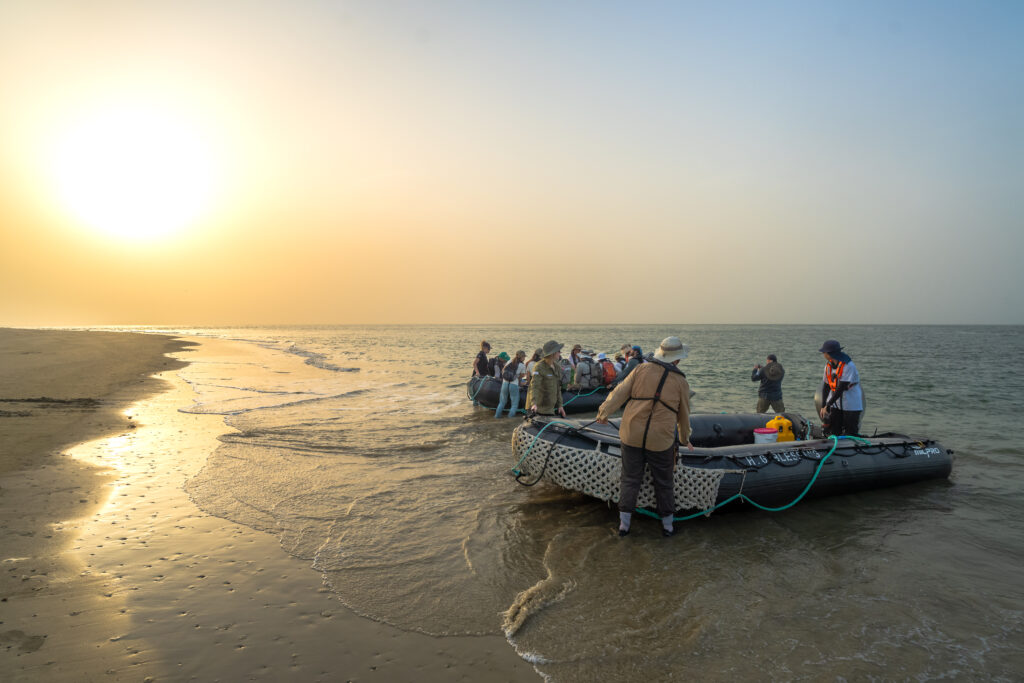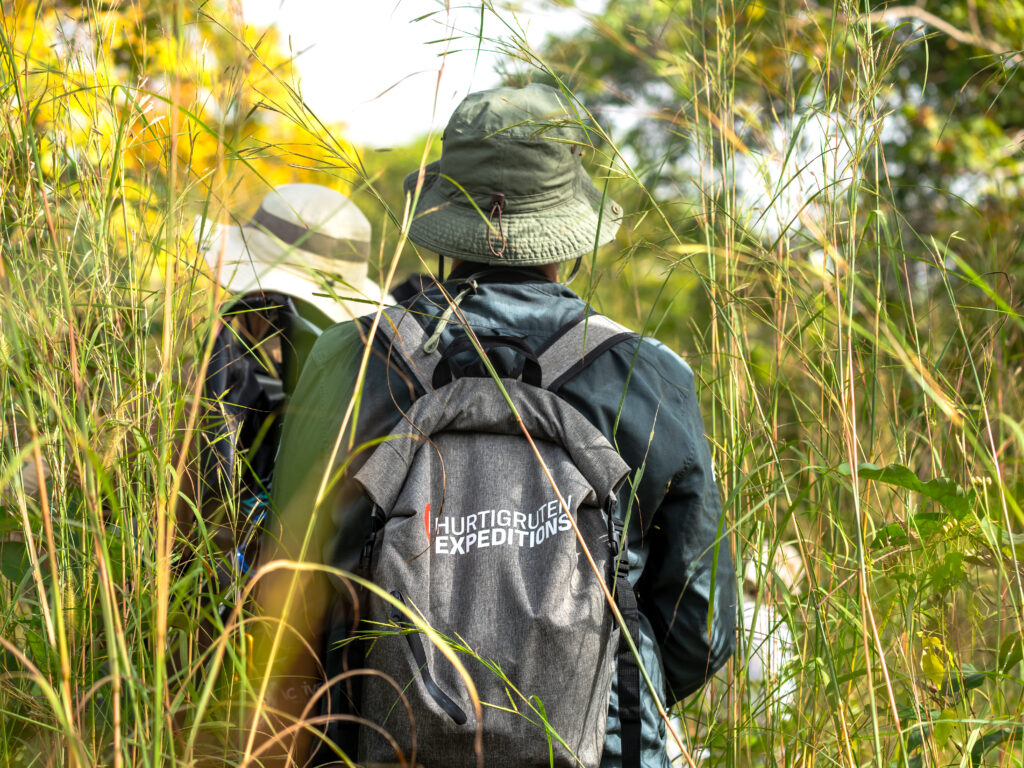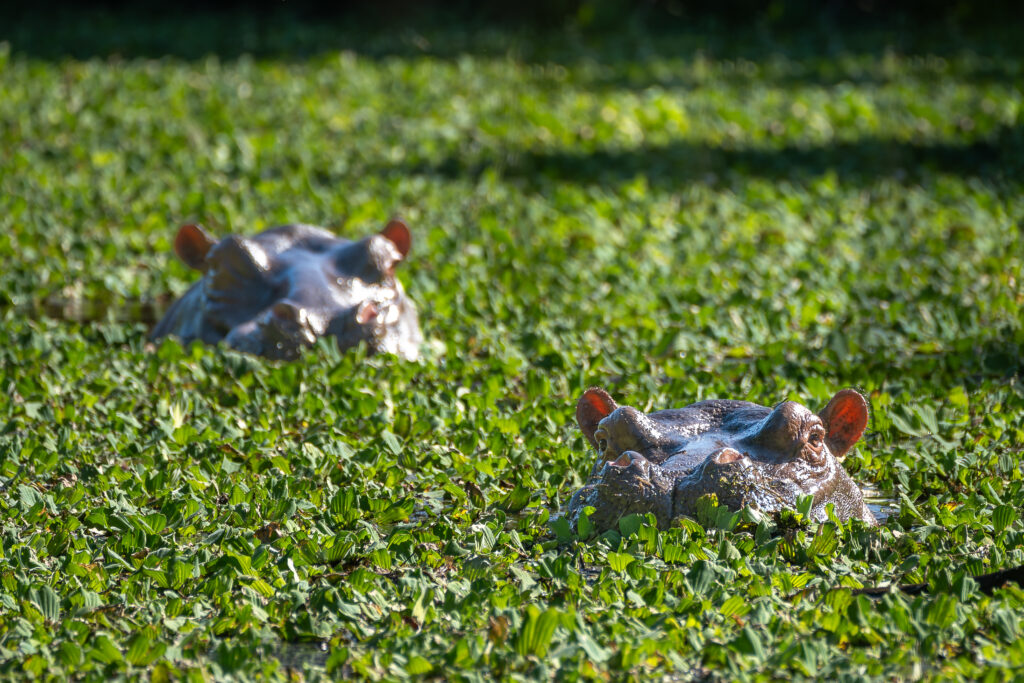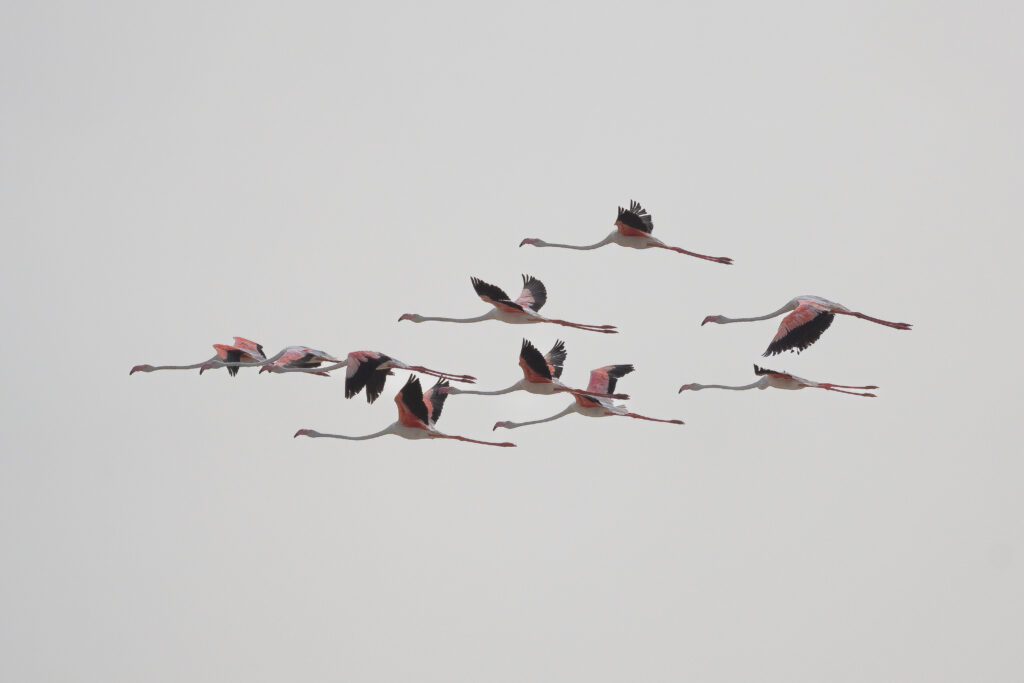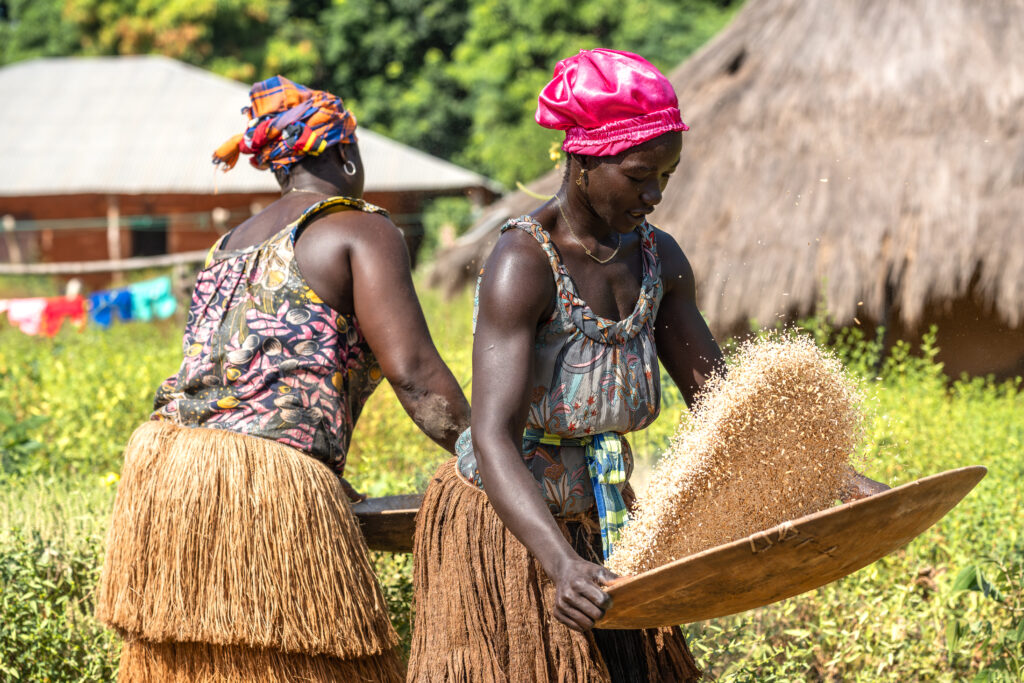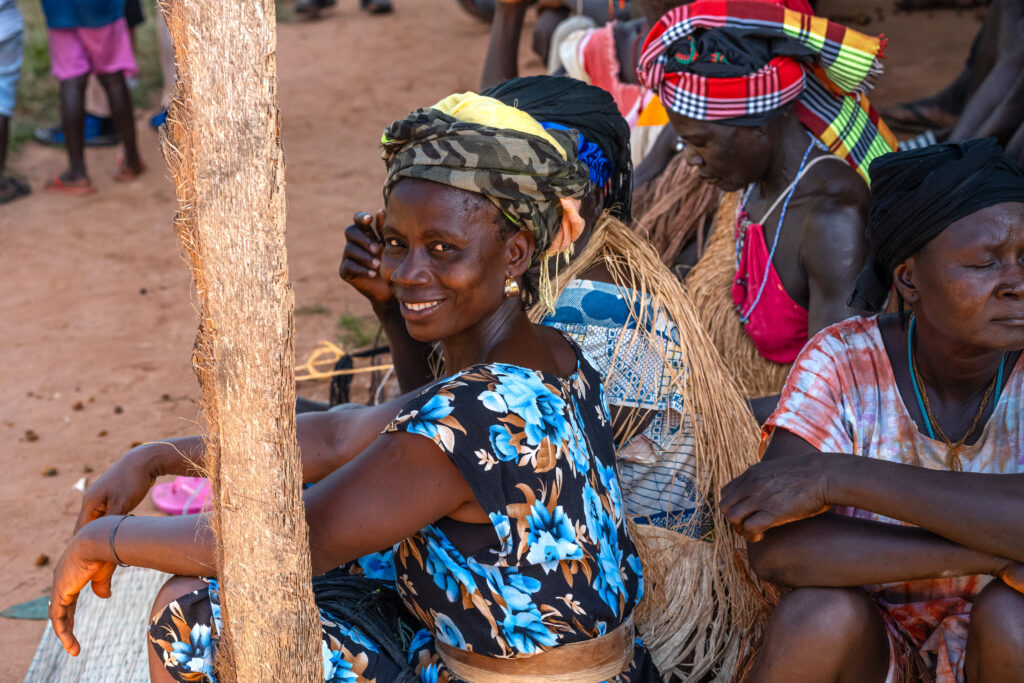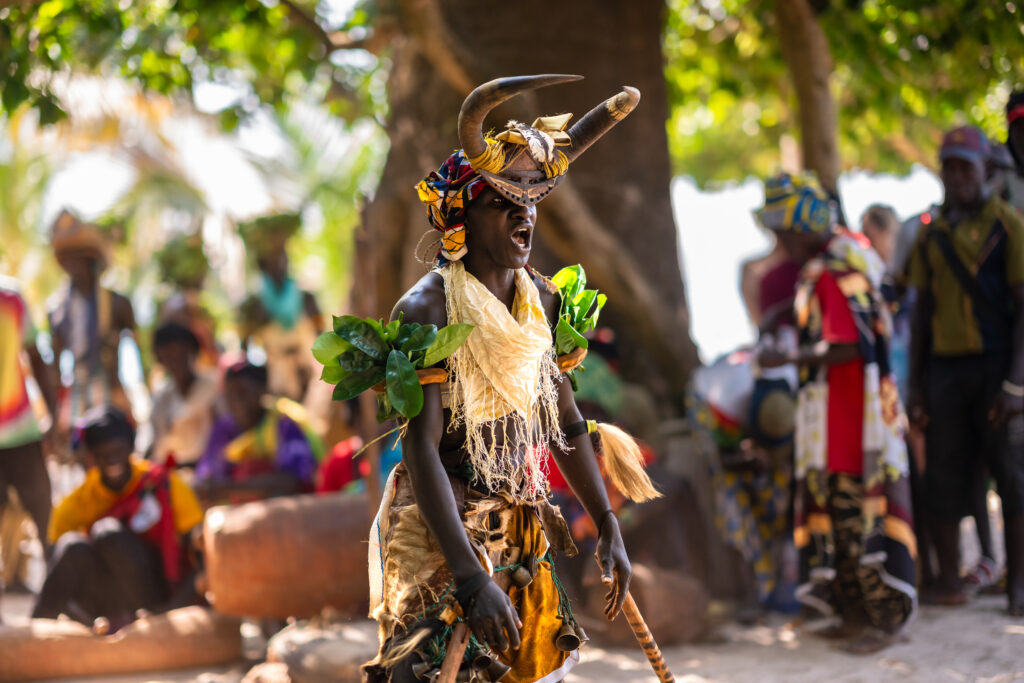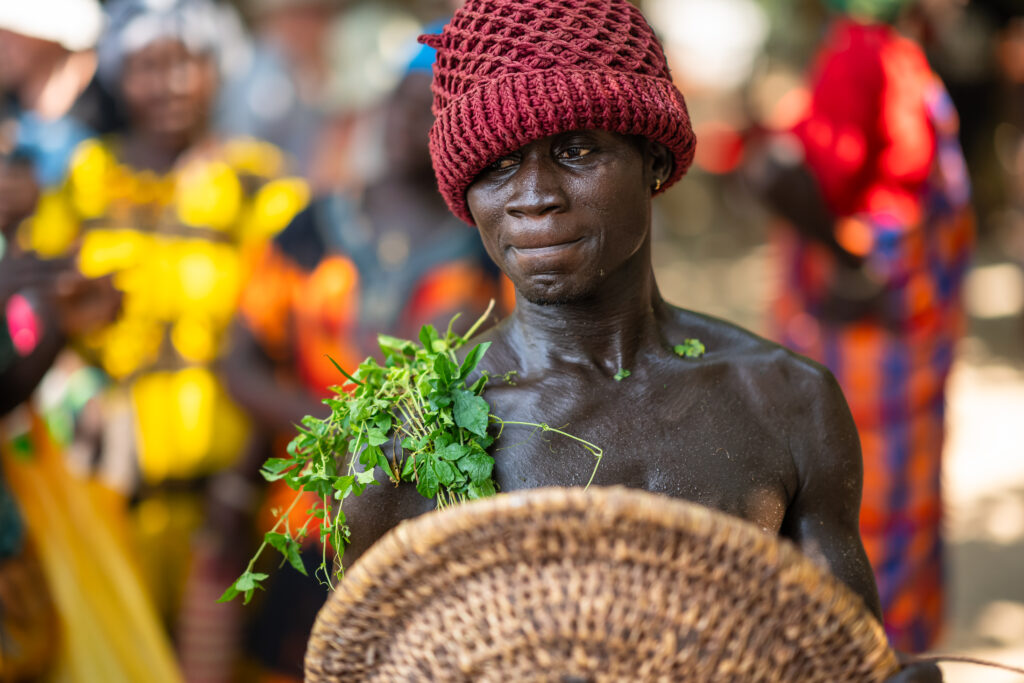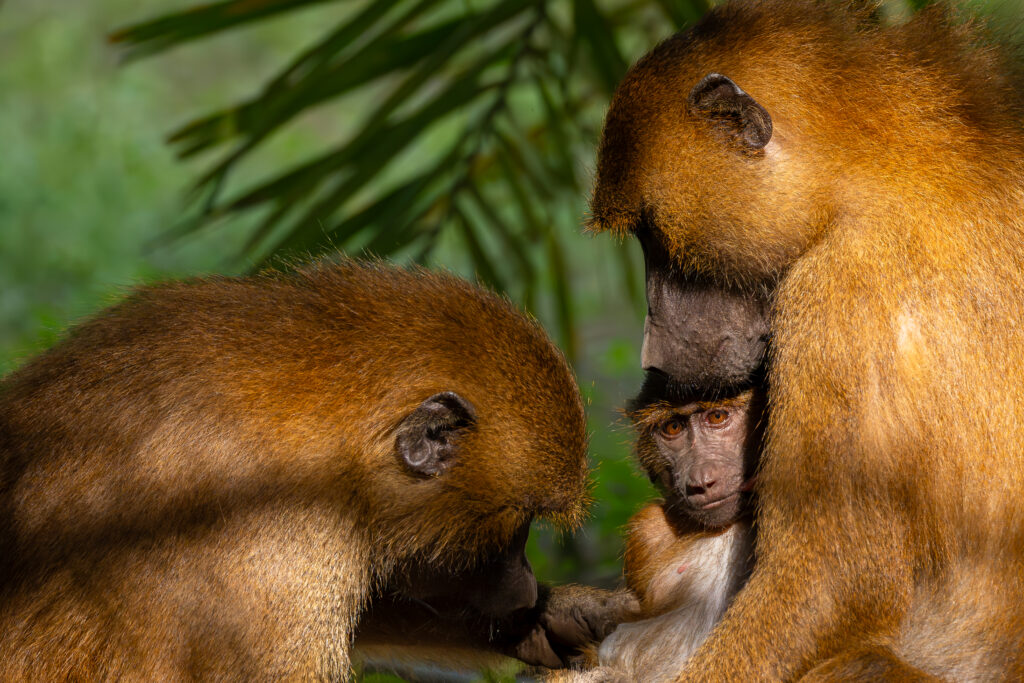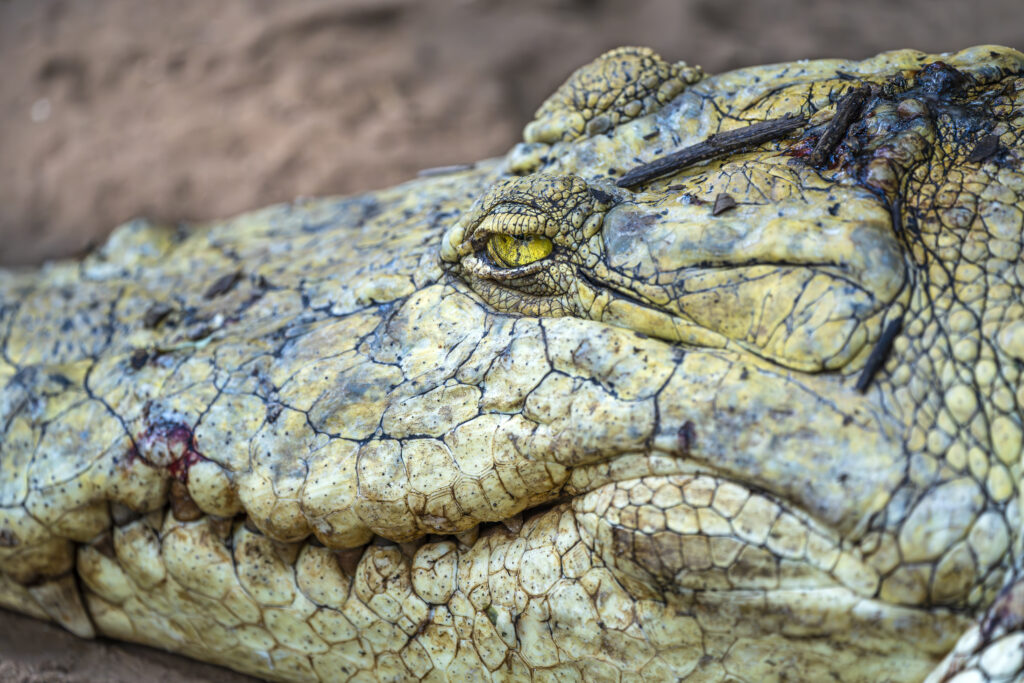Hurtigruten Expeditions: A Safe Space for a Black Gay Traveler to Explore West Africa
Oftentimes, LGBTQ+ travelers are forced to choose from a select number of queer-friendly destinations when planning a vacation. Traveling to places that don’t fully recognize LGBTQ+ folx is usually a discarded option, and rightfully so, because our safety is paramount when navigating the world. However, Vacationer Magazine also realizes that there are solo queer travelers and LGBTQ+ couples who don’t let stop them from traveling the world, knowing there’s privilege in fulfilling their wanderlust when it is difficult for our trans and nonbinary siblings to do the same.
As a Black gay man, I have obvious connections to Africa, and I’ve always been intrigued by it – beyond its stereotypical offerings of safaris and South Africa, one of the only places where it’s legal to be gay.
So, I acknowledged my privilege recently when I embarked on a two-week cruise to visit West Africa and Cape Verde. Most LGBTQ+ folx may be surprised to know that Cape Verde may not recognize same-sex unions or marriages, but homosexual activity has been legal since 2004, and employment discrimination based on sexual orientation has been banned since 2008.
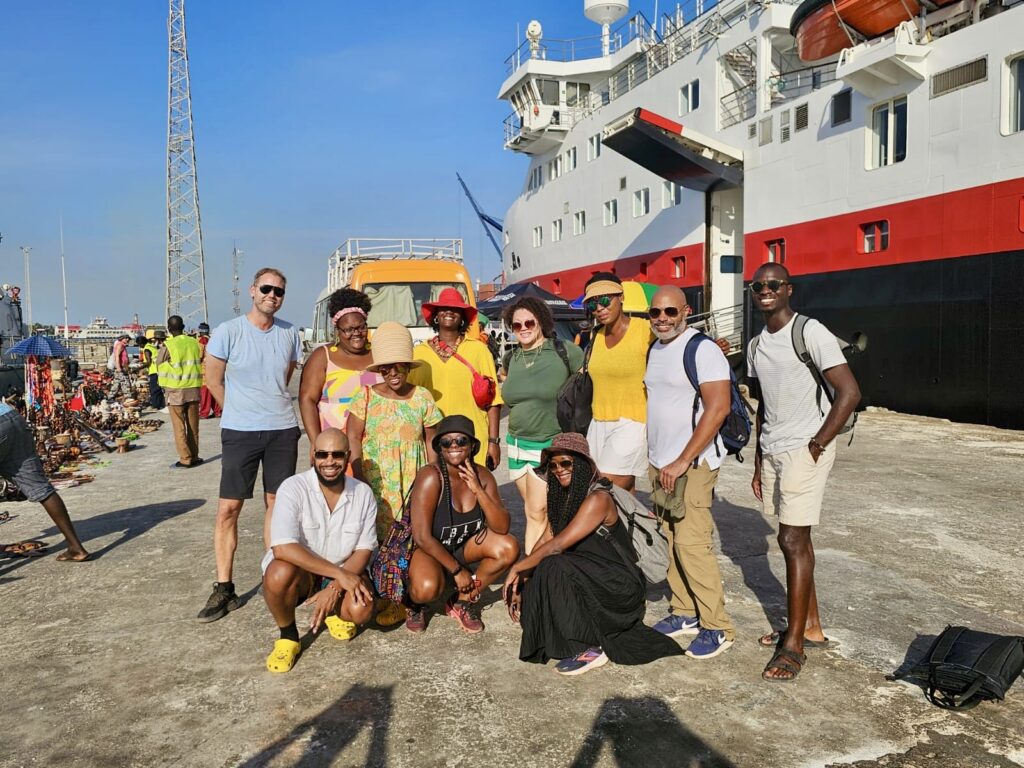
I’ve traveled alone in Africa before, but there’s something comforting in traveling with a group of Black journalists with an LGBTQ+-friendly company like Hurtigruten Expeditions.
The 14-day expedition cruise appealed to me because it would include stops in Senegal, Cape Verde, Guinea-Bissau, and The Gambia, where one of the excursions allows passengers to visit Kunta Kinte Island, the ancestral home of Alex Hailey, the Pulitzer Prize-winning author of the 1976 novel, “Roots.” The itinerary for this cruise is not only chocked full of history about the local culture, people, and traditions, but it also addresses the connection of a few places and their connection to the Atlantic slave trade. That history was always balanced with options for outdoor activities and time to commune with nature.
Hurtigruten Expeditions Cruises
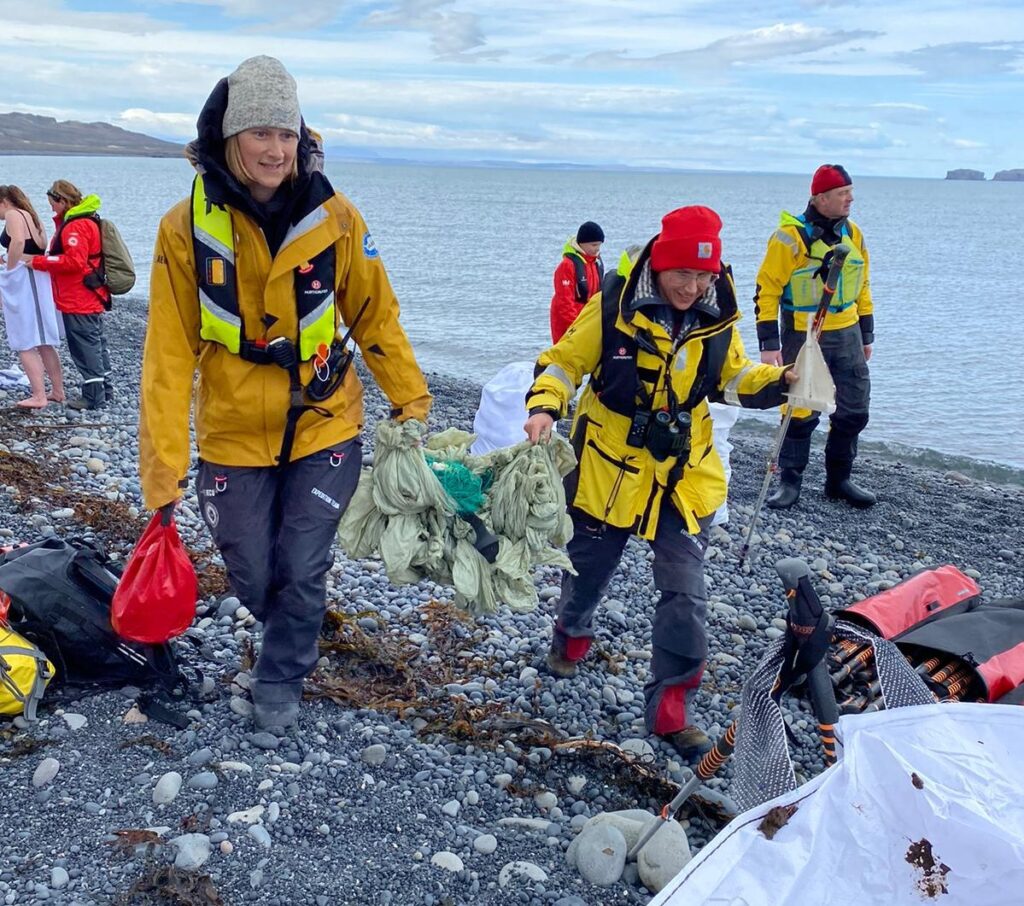
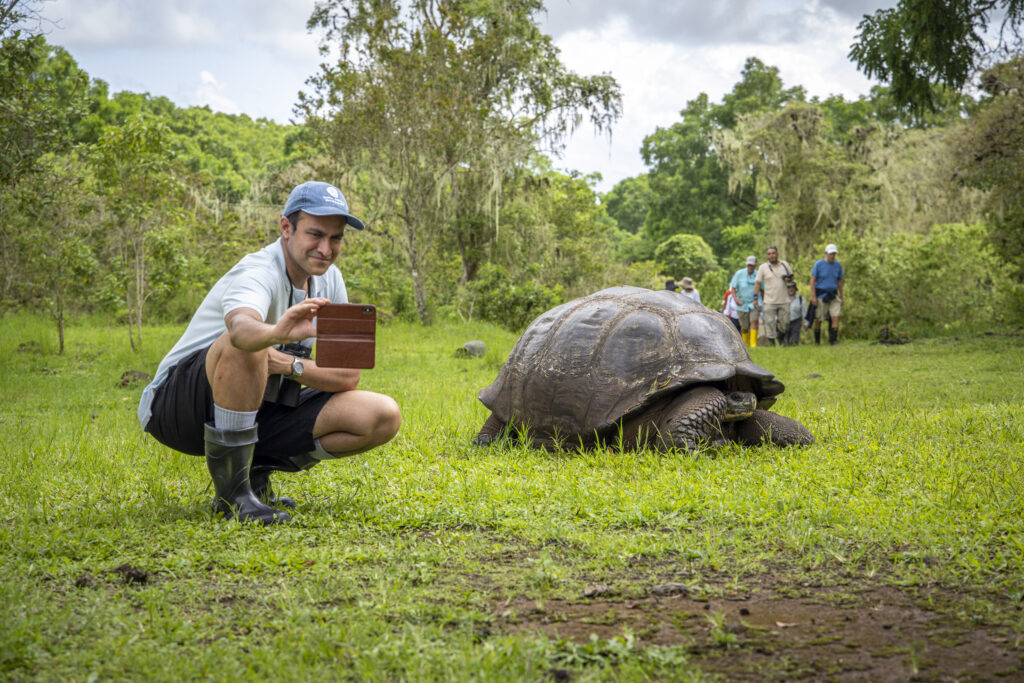
If you’re not familiar with Hurtigruten Expeditions, it was the first expedition company to ban non-essential single-use plastic throughout the entire operation, which would explain why we were gifted reusable water bottles with the option to customize them in a bottle-painting class. The company takes sustainability seriously by supporting 41 environmental, cultural, and social projects in 11 countries, such as helping endangered orcas in the Pacific Northwest and creating safe spaces for vulnerable Greenlandic children.
On Hurtigruten’s website, it states, “We’re committed to sustainable and low-impact operations. When we visit small island communities, we ensure our cultural interactions are respectful and mutually beneficial.” This is something I witnessed firsthand during the West Africa-Cape Verde voyage. I recognized a symbiotic relationship between the expedition crew and knowledgeable local guides, who provided tourists with an authentic, unfiltered history lesson in real time. That’s always important to me.
Onboard the MS Spitzbergen
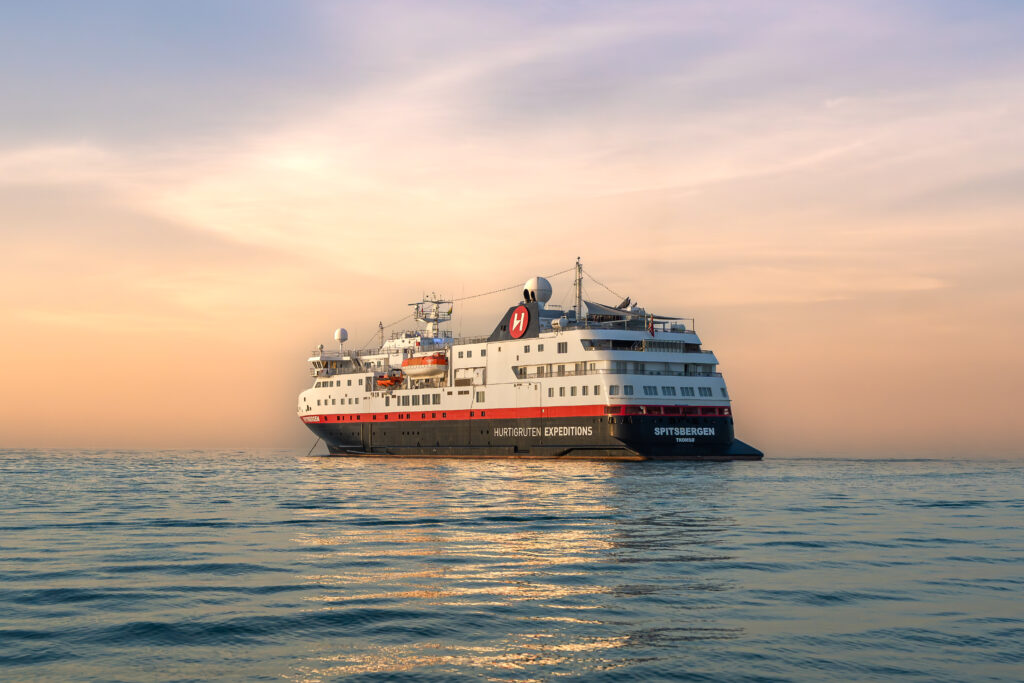
Hurtigruten Expeditions’ cruise to West Africa and Cape Verde is hosted on its smallest ship, the MS Spitsbergen, with a 220-person maximum capacity – a perk for travelers who enjoy “smaller” cruises. Hurtigruten does allow children on this cruise, but none were aboard my cruise in November 2023.
In addition to an onboard expedition team, the MS Spitsbergen features 102 cabins (including six suites with balconies) as well as a fitness room, sauna, and two hot tubs located on Deck 7 aft. It also has a Science Center, where guests and crew/staff meet, mingle, and learn more about the flora and fauna native to the islands and countries on your agenda. The Science Center also has a small library and serves as a meeting place for workshops. The expedition team usually congregates in this area if you have any questions about any of the scheduled excursions.
For food and drink, the buffet-style Aune restaurant serves breakfast, lunch, and dinner, except the sunset meals served on the sundeck with unforgettable karaoke-crooning performances from a band made up of staff. Back inside, the restaurant serves standard fare and features an omelet station (breakfast), pasta station (dinner), salad bar, and a spread of desserts (including ice cream) for guests who need an after-dinner sweet. For our voyage, we had a Senegalese chef who served African dishes including a delicious Nigerian-style Jollof rice.
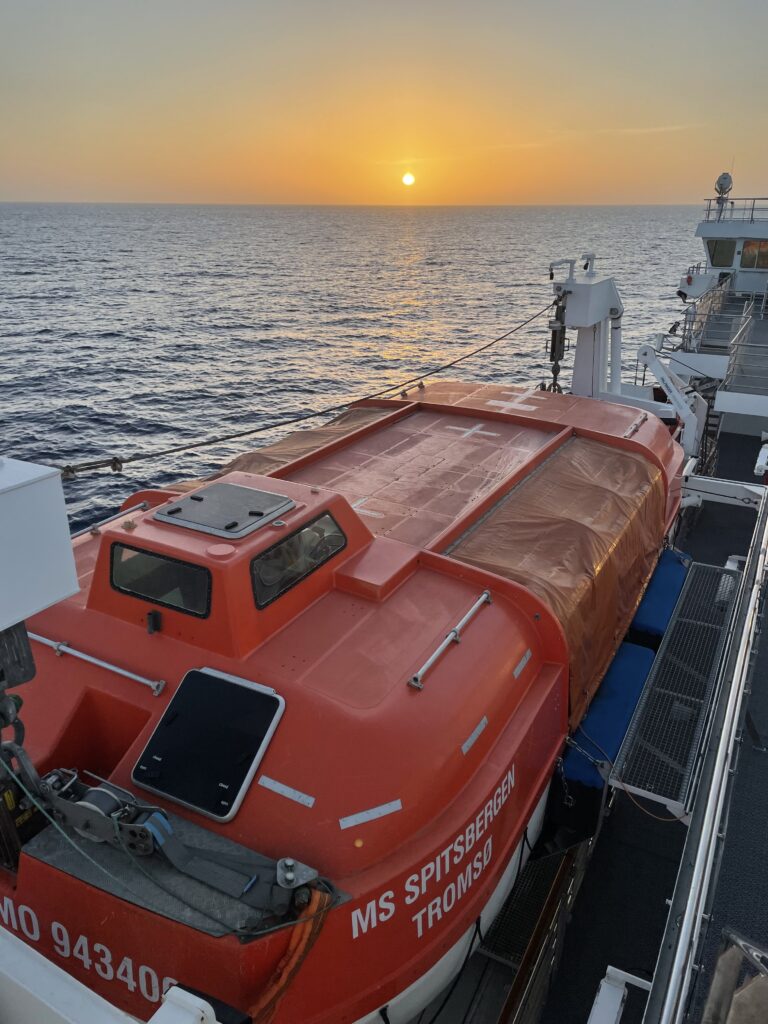
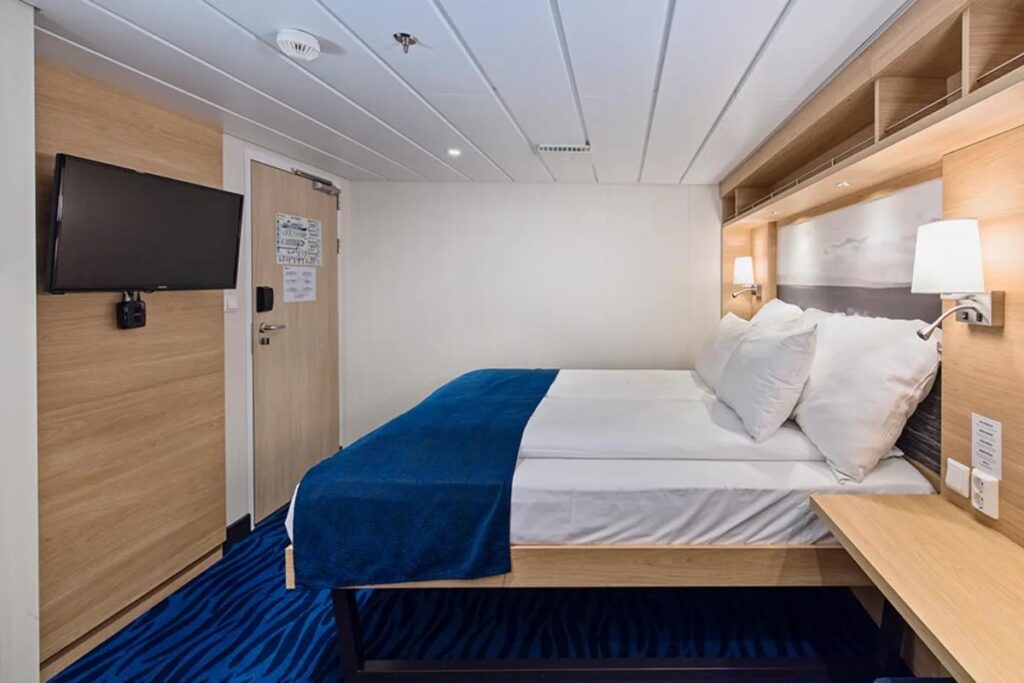
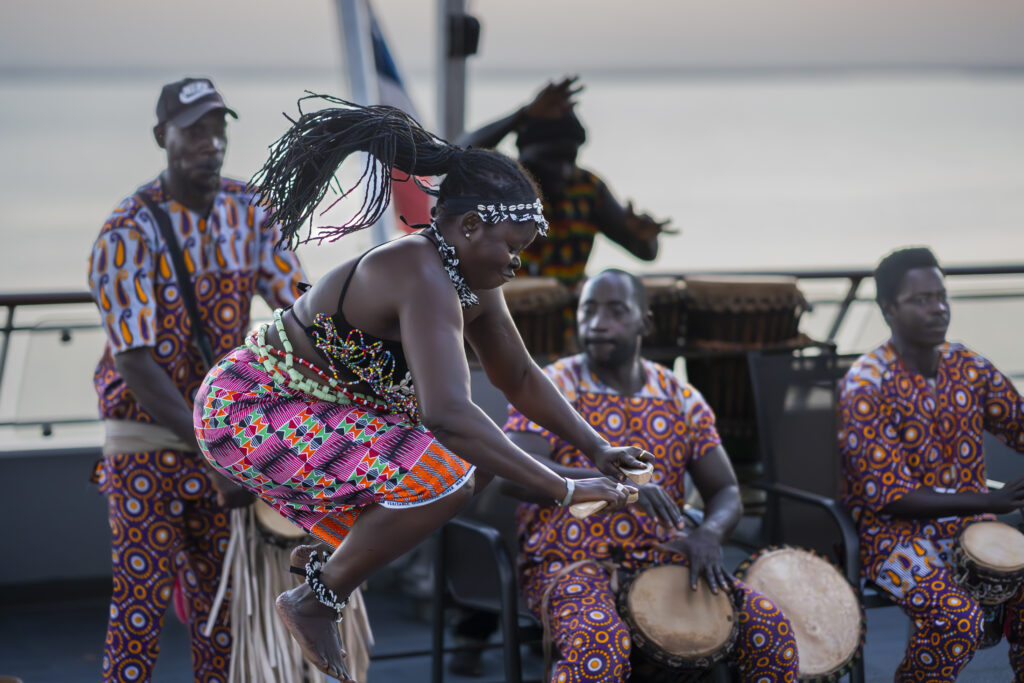
After dinner, guests can head to the Explorer Lounge and Bar for an early nightcap. Unlike those LGBTQ+ party cruises with theme nights, the ship is pretty quiet starting around 11 pm due to the early morning start for some excursions, and on my cruise, most of the passengers were older couples from Europe. The Explorer Lounge and Bar doubles as the meeting spot for daily lectures and pre-port briefings.
Guests on this particular cruise should be aware that even though there are daily activities onboard or excursions on land, they need to be proactive about creating their own fun and doing things that genuinely interest them to compensate for the lack of onboard entertainment or a pool on this ship. None of this should be shocking revelations to you if you’re familiar with expedition cruises.
Immersive Cultural Experiences
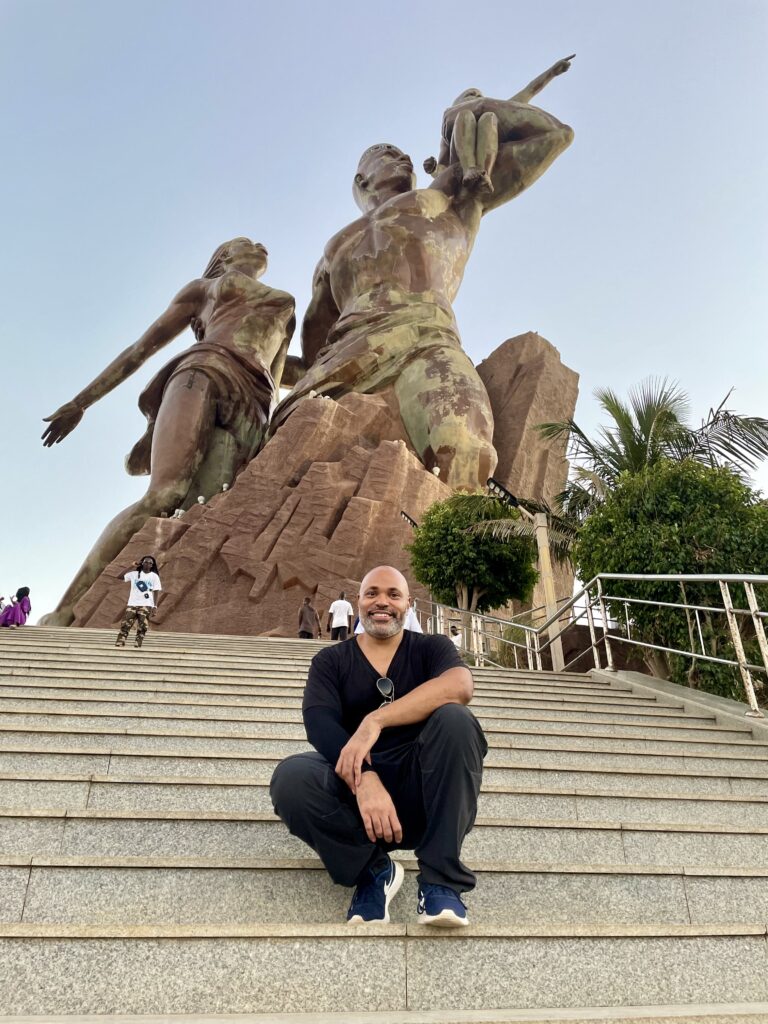
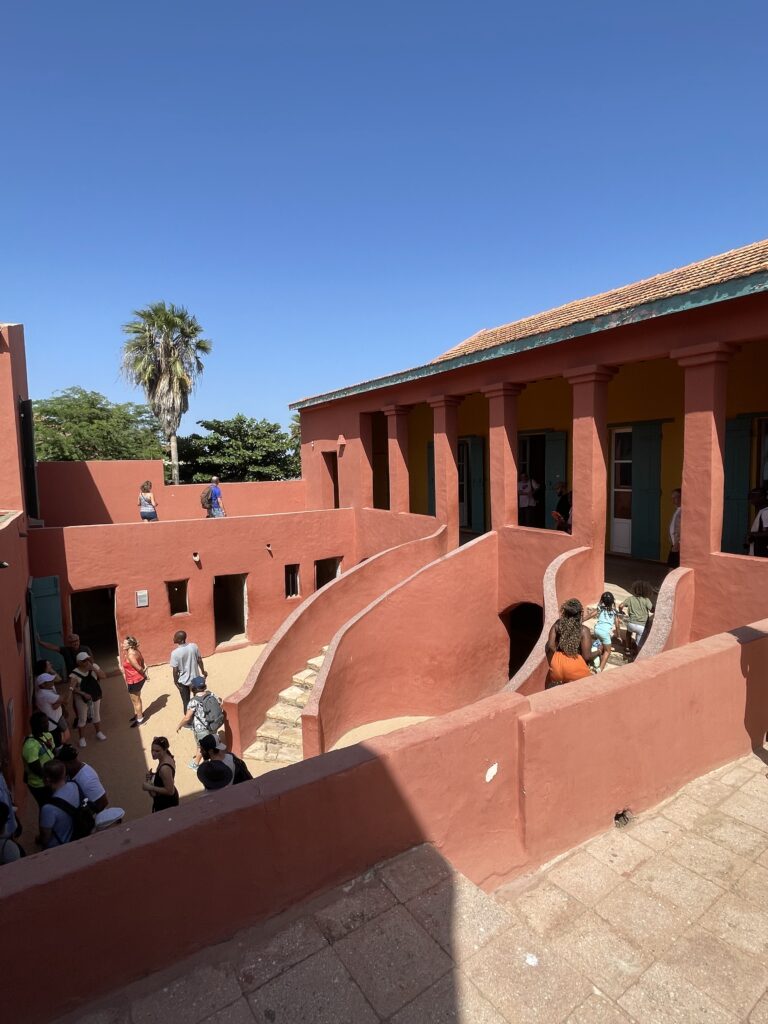
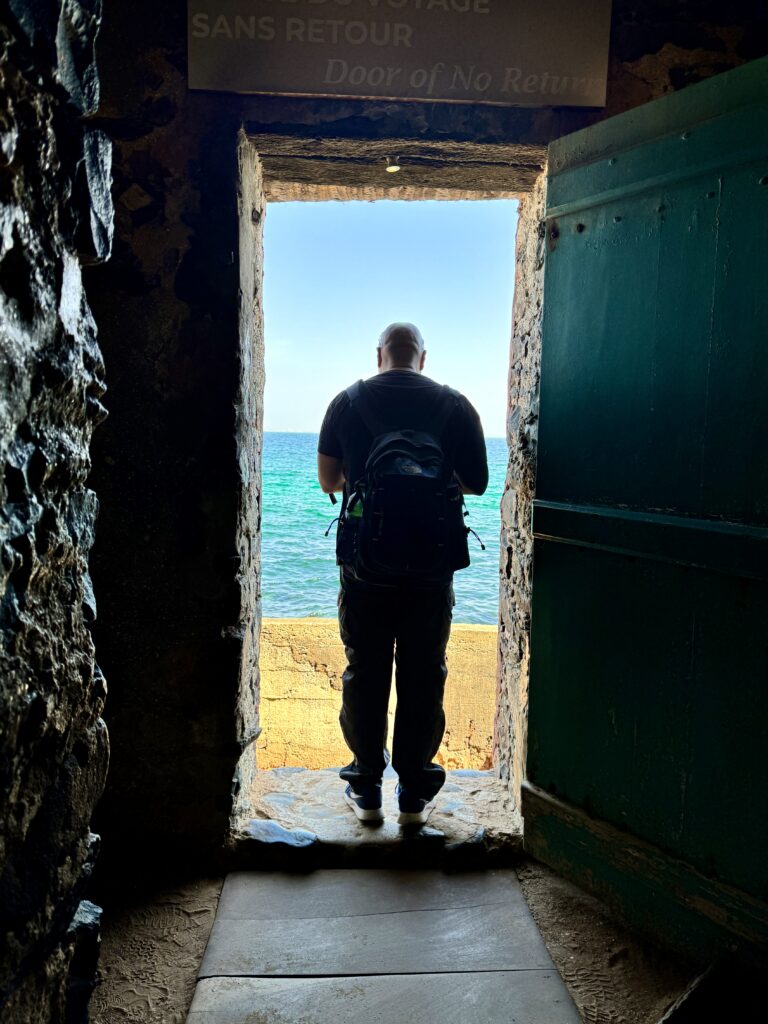
If you enjoy immersive tours that delve deep into each destination’s history, culture, landscape, and wildlife, then this cruise is for you! On this particular Hurtigruten Expedition cruise, guests can choose (for a fee) from up to 20+ excursions/activities spread across a day or more in seven different stops. Just remember to allow some time to rest and enjoy some downtime too!
This cruise starts in Dakar, Senegal, where guests can explore the bustling capital city to see breathtaking sites, including the African Renaissance Monument, a stunning 171-foot-tall bronze statue that symbolizes the upward movement or the continuing rise of the African continent.
With the expedition team, Black queer guests should make the memorable, but oppressively solemn journey to Gorée Island via a 30-minute ferry ride from Dakar. The island is home to The House of Slaves, a museum and memorial to the victims of the Atlantic Slave Trade.
Also on-site, The Door of No Return captures most tourists’ attention because the haunting fixture was where 20 million Africans were placed on ships like chattel between the mid-1500s and 1800s – never to see their homeland and or family ever again.
With any popular tourist destination, visitors will encounter men and women strongly recommending a stop by their store or vendor stall located on Gorée Island. It’s normal practice for some locals to rely on tourism dollars for part of or the sole source of their income. It’s worth mentioning to tourists who don’t like being haggled or pressured by local vendors.
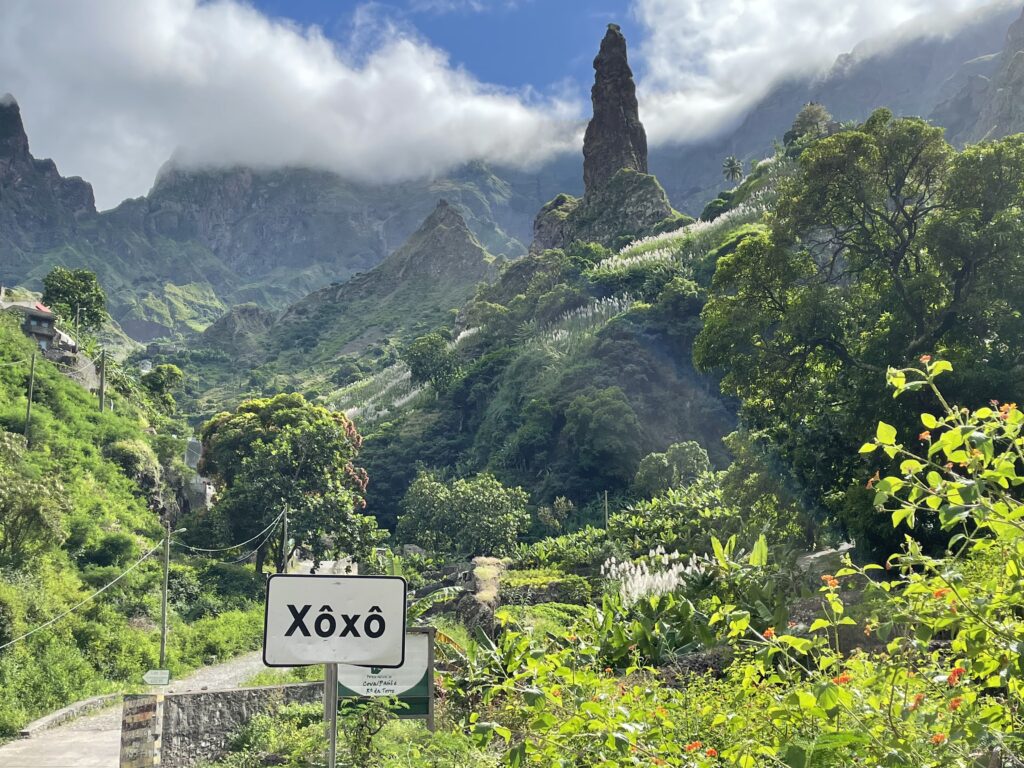
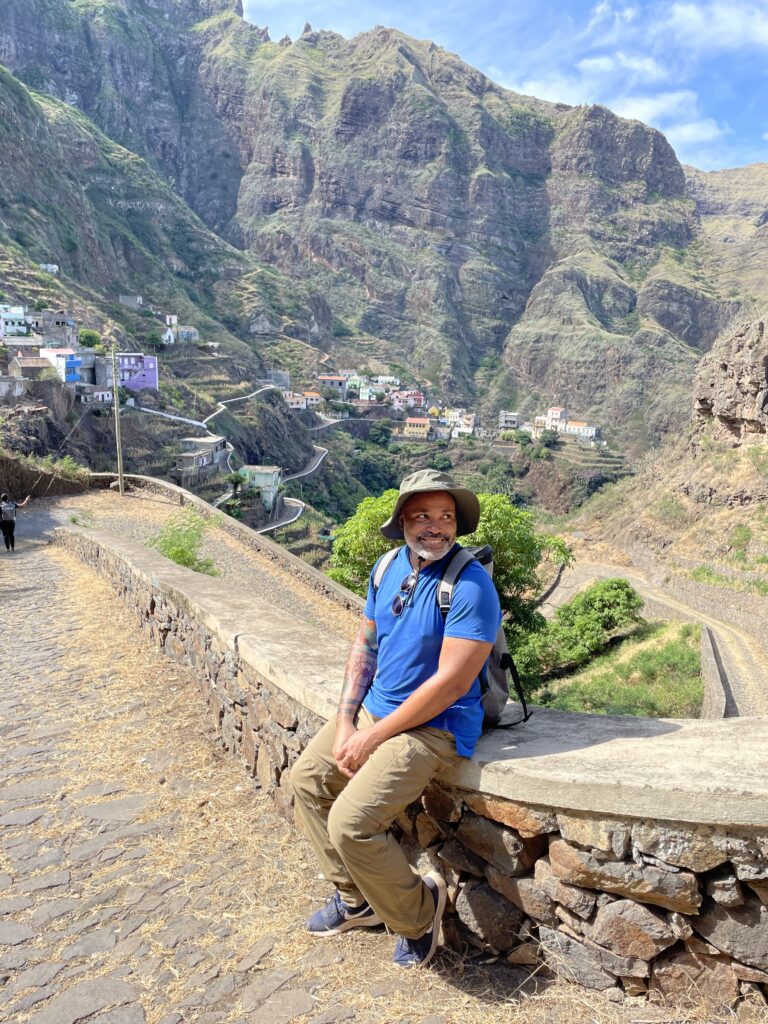
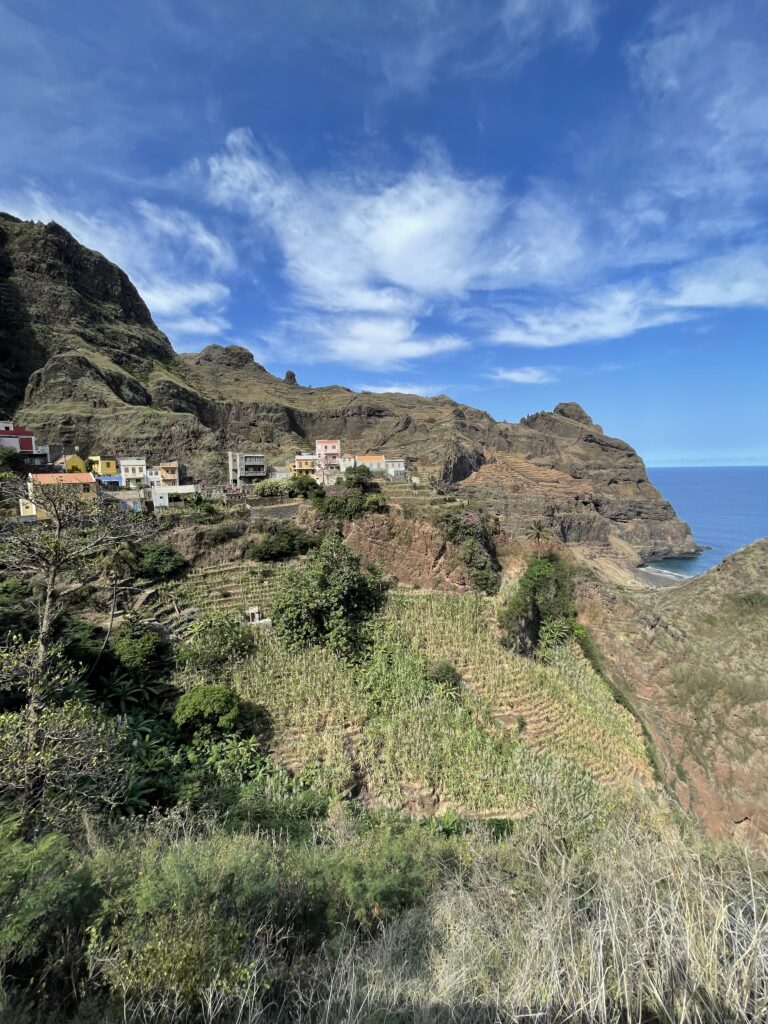
After the MS Spitsbergen disembarks from Dakar, passengers set sail to Cape Verde where they visit the islands of Santiago, Santo Antão, and Fogo. Although activities can range from strenuous hikes to leisurely drives, guests should choose excursions based on their comfort level and ability.
Visit UNESCO-listed Cidade Velha, São Filipe Fortress, and Pelourinho, a monument to the history of slavery and the slave trade in Santiago. On Santo Antão, take a panoramic drive across the mountains and hike from Ponta do Sol to Fontainhas, one of Cape Verde’s most beautiful and remote villages. I remember seeing an image of Santo Antão featured in an article in Condé Nast Traveler – photos will never capture the incredible jaw-dropping beauty of the real-life Fantasy Island. On Fogo, guests have multiple options. For example, active travelers can take a hike to the crater of the 2014 eruption; for a more leisurely tour, consider the volcano tour in Chã das Caldeiras followed by lunch in the middle of a volcano. It was cool to see the otherworldly landscape created by multiple volcanic eruptions on the island. “
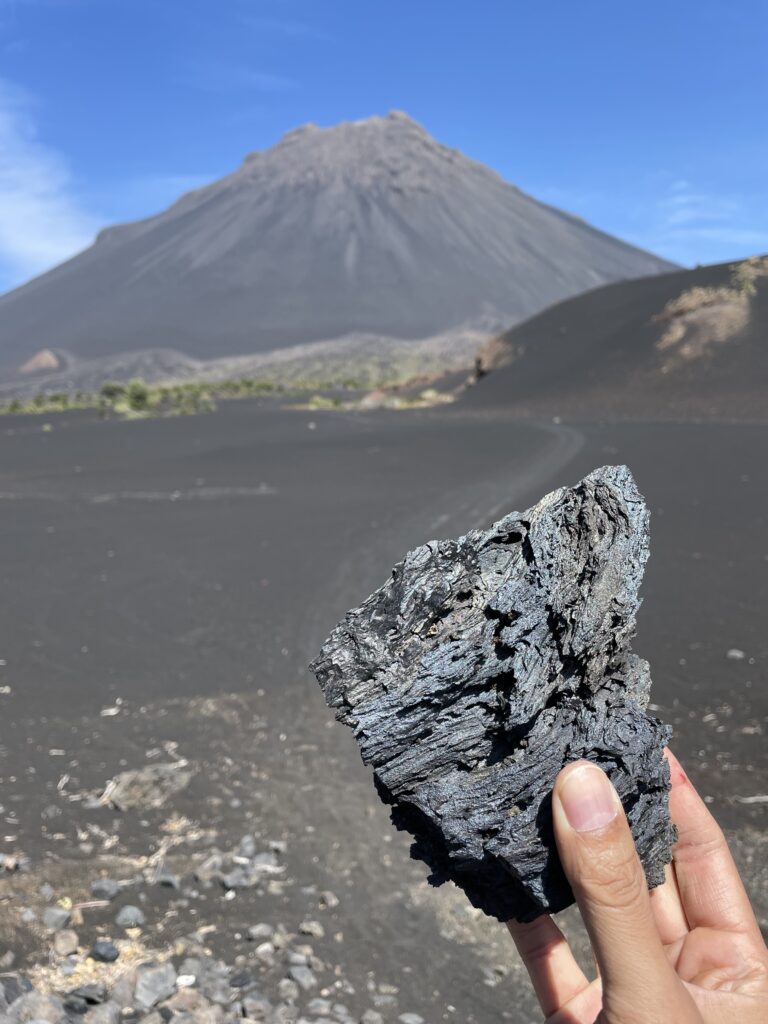
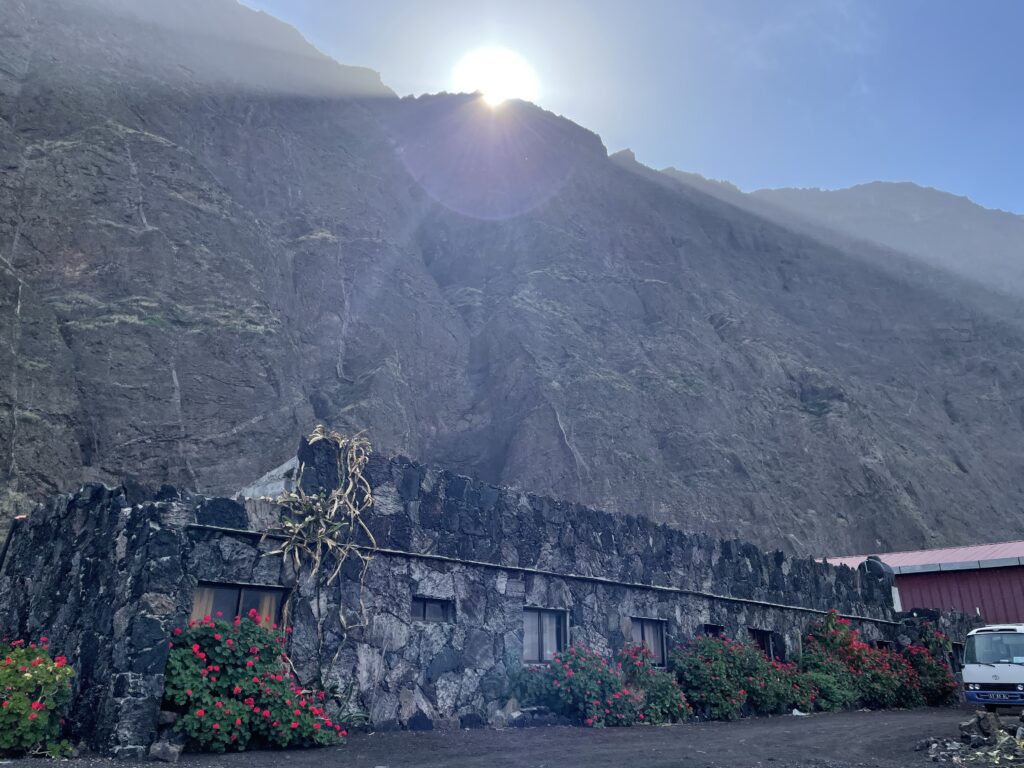
Next up on this Hurtigruten Expedition voyage was the UNESCO-protected biosphere, the Bissagos Islands, in Guinea-Bissau. Unfortunately, due to political unrest, we were not able to visit the islands. I was probably more eager than most of the people in my group because I enjoy the outdoors and wanted to see the indigenous wildlife, such as the saltwater hippos, endangered green sea turtles, dolphins, and 547 species of birds.
Practically untouched by humans, the Bissagos Islands’ natural habitat consists of mangroves, tropical forests, savannah woodlands, and coastal lagoons. Before reaching the islands, in a briefing, an expedition team member provided thorough details about what to expect, including proper protocol for wet landings and how to get out of the zodiac boats that safely transport guests to the shore. He also reiterated the importance of staying on marked paths and following the local guides. Tourists may find some of the island’s deadliest critters like mambas and cobras. Don’t worry – the expedition team and local guides will do their part to keep you safe.
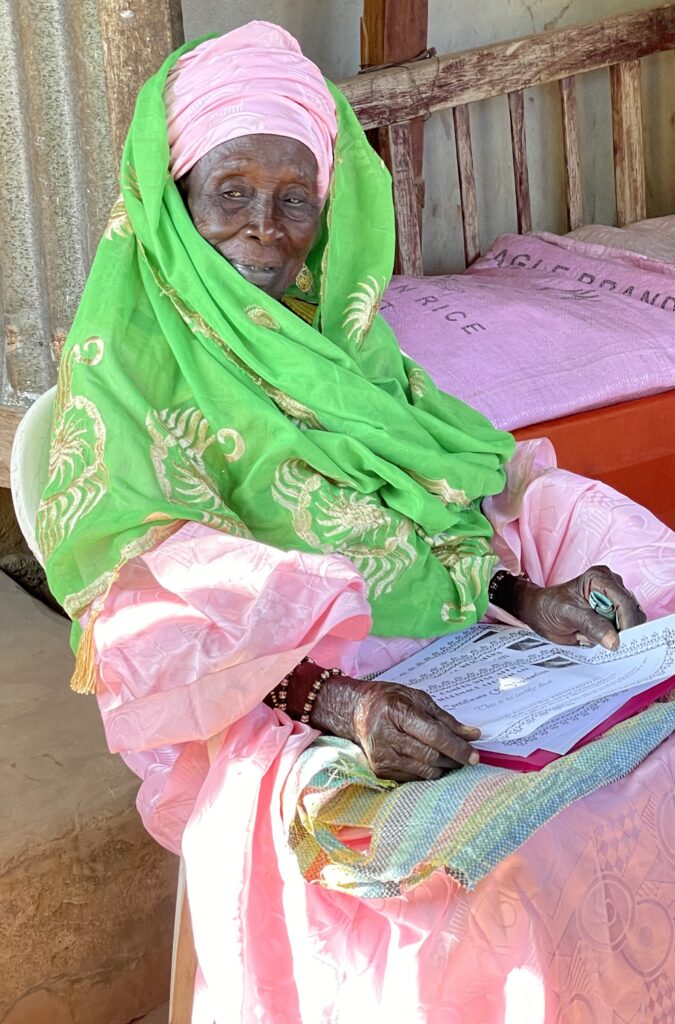
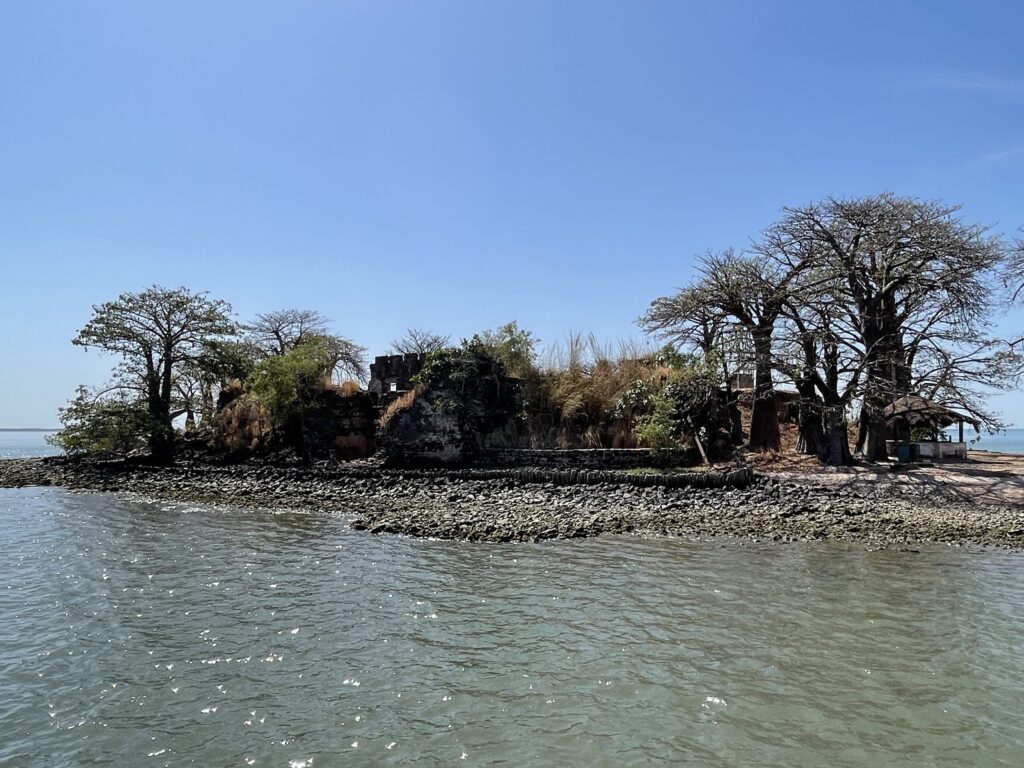
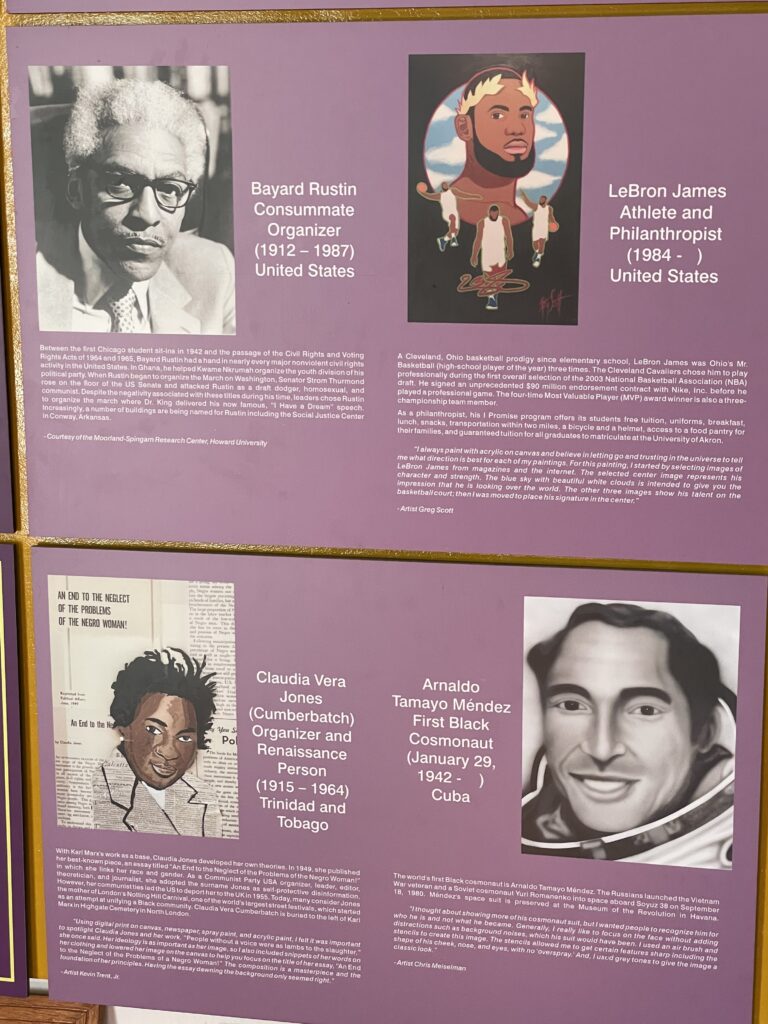
The final stop of this West Africa-Cape Verde cruise is in The Gambia. We hopped on a ferry from Banjul to Barra to visit the birthplace of Kunta Kinte, an ancestor of Pulitzer Prize-winning author Alex Haley, who wrote about Kinte’s story and legacy in the book, “Roots.” If you’re lucky enough to get the blessing of the female chieftain to explore the nearby villages, visit Kunta Kinte Island, and meet Binde Kinteh, an 8th-generation descendant of Kunta Kinte who still lives in Juffrureh. For Black history buffs, this excursion is a must!
Extend your time before or after the cruise. Hurtigruten Expedition’s West Africa and Cape Verde cruise offers excursions that allow guests to spend more time and or explore more in Dakar, Senegal, or Lisbon, Portugal, depending on which cruise you decide to book.
Final Thoughts and Recommendations
For Hurtigruten Expeditions West Africa and Cape Verde cruise, I recommend Black Americans as well as Black queer Americans consider booking it. In my opinion, this cruise is best experienced with a group, specifically with other Black travelers who enjoy history, culture, and outdoor activities. I was fortunate to travel with a group of Black journalists, and having that shared connection allowed me to fully be myself, whereas if I had gone as a solo gay traveler, I’d probably be a little more guarded or apprehensive. Traveling with a group also creates a safe space to talk about and address specific experiences and situations when visiting sites related to the slave trade. It is easier to talk to someone who understands the experience of walking through the entryway of The Door of No Return on Gorée Island.
If you decide to book this cruise, I recommend connecting and talking to the local guides. The Hurtigruten Expedition team chose them for a reason. Tourists will get an authentic insider’s perspective similar to when I traveled to Praia, Santiago, and hung out with my guide for the day, David, who was eager to take a fellow traveler and me to a market known to serve up the best food in town. Interestingly enough, I also spotted a nonbinary person selling chinaware at the market. After chatting for a while, David revealed that people were cool in Praia and the town also has an annual Pride celebration. It’s these connections that make me want to make a return trip to places I’ve already visited. So, if time allows, stick around after the tour and grab a drink with the guides for an even more unfiltered conversation about local day-to-day life.
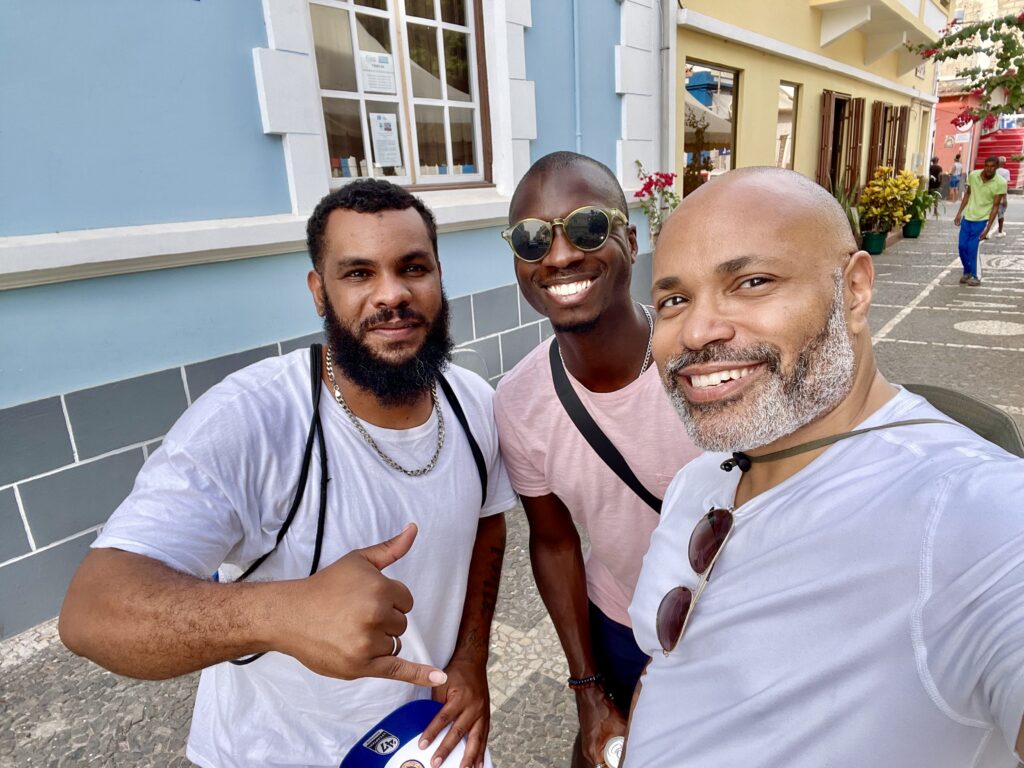
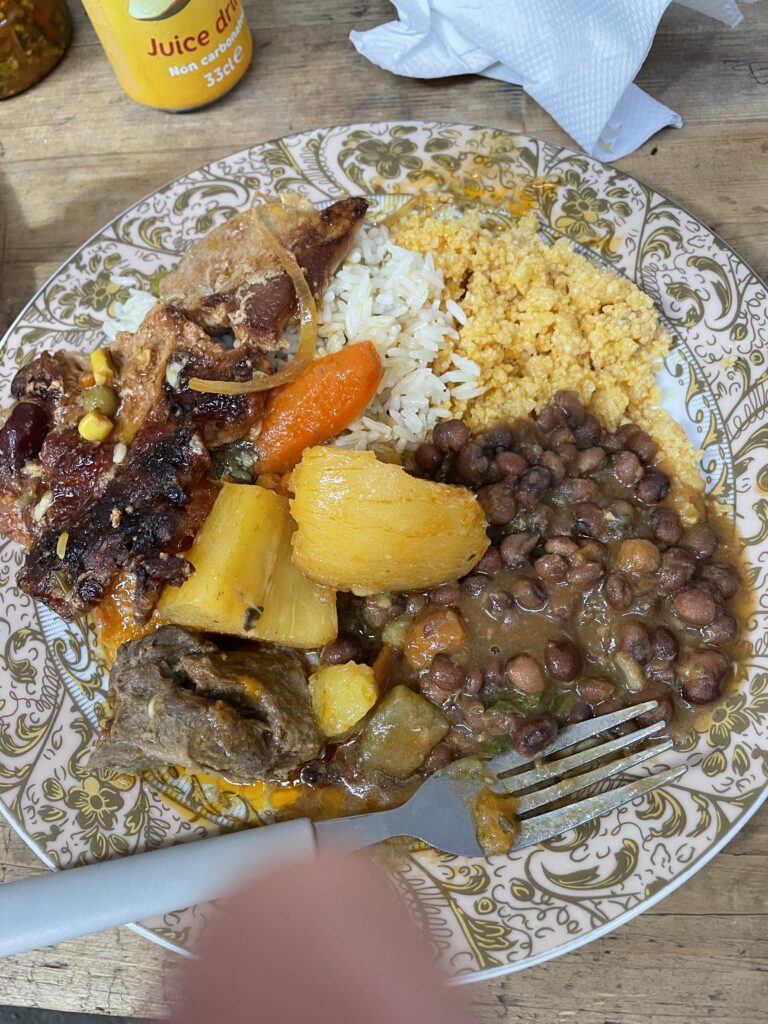
In some places visited on this cruise, the subject matter and or history revealed while sailing to multiple countries can have a sobering effect. However, the overall thrill of learning about the African diaspora through the local history, culture, food, and especially the people. If you identify as Black (or part of the African diaspora) and as an LGBTQ+ person, this two-week Hurtigruten Expedition cruise is worth booking!
Click here to get more information about Hurtigruten’s Expedition Ships to West Africa and Cape Verde. You can also follow them on Facebook, Instagram, and X (Twitter).

